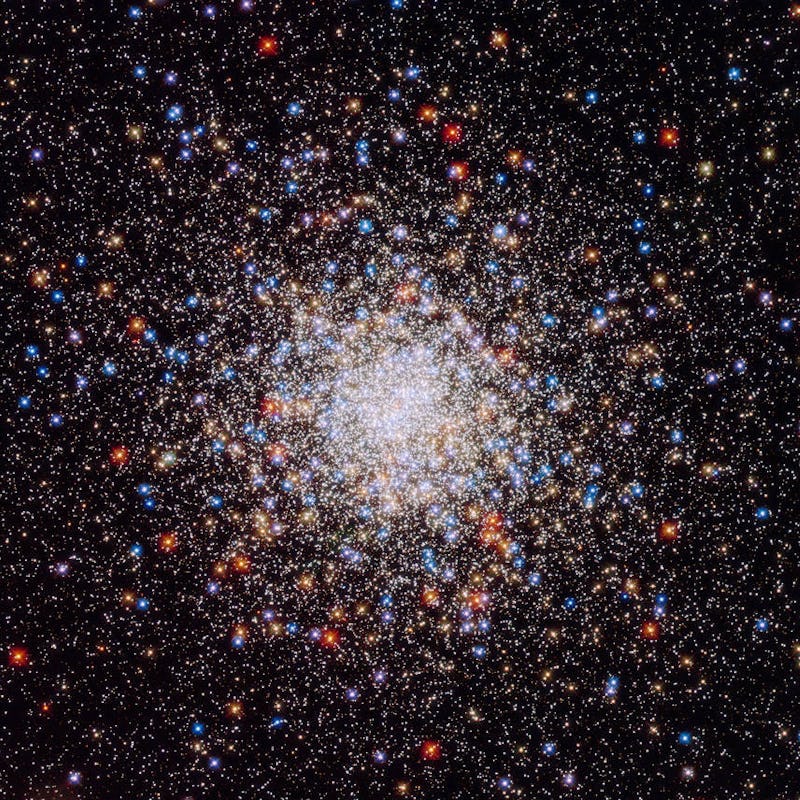pearl jubilee
11 New Hubble images reveal the cosmos in stunning detail
Happy 30th anniversary, Hubble Space Telescope.
Updated:
Originally Published:

NASA
NASA's Hubble Telescope was launched into low-Earth orbit in the year 1990, and it remains one of the largest and most versatile space telescopes in operation.
To view the full collection of Hubble's latest release, visit the telescope's flickr page.